7 Best Places To Call Home In South Australia
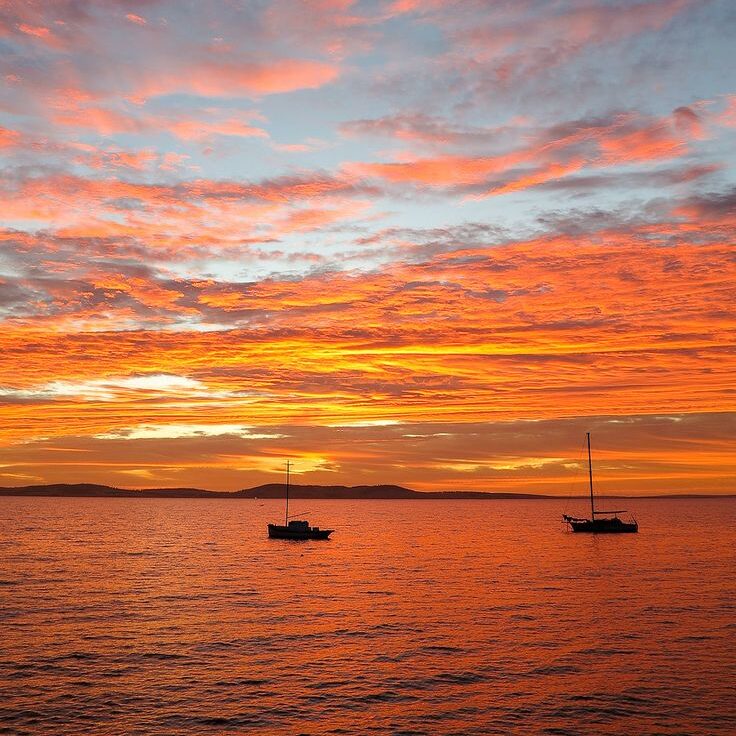
South Australia has a diverse spectrum of lifestyles, from windswept coasts and busy harbours to sunshine vineyards and river valleys. Main streets are alive with markets, cafés, and seasonal events that bring neighbors together, while adjacent parks and conservation areas offer hiking, cycling, and birdwatching possibilities. These towns cater to seniors, young families, and remote professionals alike, combining outdoor activities with vital services, cultural events, and tight community networks that influence daily routines. Discover the landmarks, activities, and experiences that make life in South Australia’s smallest towns unique. Here are the 7 Best Places To Call Home In South Australia:
Port Lincoln

Port Lincoln is located at the tip of the Eyre Peninsula and serves as a thriving fishing and service town with easy access to spectacular coastal scenery. The Neptune Islands Group (Ron and Valerie Taylor) Marine Park serves as a launching point for marine activities such as shark cage diving, deep-sea fishing, and kayaking, and the town is located on the outskirts of Lincoln National Park, where residents can enjoy dunes, coastal trails, and wildlife viewing on a daily basis. Naturally, seafood is a big draw here, and The Fresh Fish Place is the place to go for dine-in, take-out, and the freshest catch of the day right off the boat.
Local life revolves around the foreshore and marina precinct, and community services include the Port Lincoln Hospital (the largest in the Eyre and Far North) and schools for families throughout the district. The seafood sector and associated processing continue to provide local jobs, while tourism benefits hotels, guide services, and local eating. Though home costs are slightly higher than South Australian medians (AUD $500,000), they are justified by convenient access to outdoor activities and community facilities.
Clare
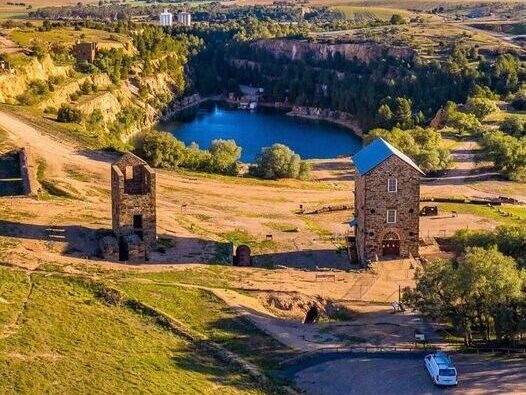
Clare serves as the local wine region’s cornerstone and is well-known for vineyards and outdoor paths like the Riesling Trail, which encourages walking, cycling, and long weekends spent discovering local wineries. Tasting rooms at the Clare Valley Distillery and Magpie and Stump, one of South Australia’s oldest pubs, are supported by the town, as are lively food festivals and boutique hotels, while long term inhabitants benefit from critical amenities such as health clinics and schools.
Explore local monuments such as Sevenhill Cellars, one of Australia’s oldest wineries, and Bungaree Station, a thriving merino farm with exquisite heritage lodgings. Clare’s median house cost is roughly $495,000 AUD, which is comparable to the state average, making it an excellent alternative for individuals seeking countryside amenities and a regionally centered lifestyle.
Mount Gambier
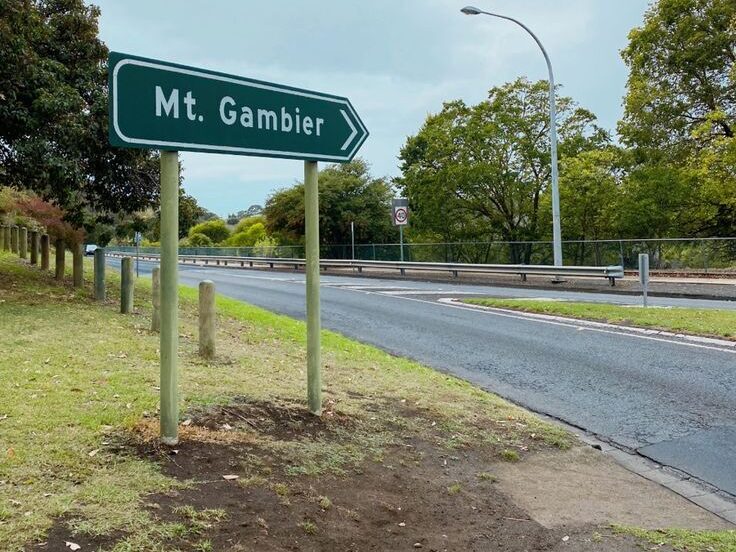
Mount Gambier is the main service center for the Limestone Coast, and inhabitants may enjoy nature within walking distance of town. The city is well renowned for the Blue Lake/Warwar, a volcanic crater lake whose bright color changes annually, and the Umpherston Sinkhole/Balumbul, whose terraces and hanging vines provide a calm sunken garden. The local social calendar includes the Mount Gambier Farmer’s Market, which takes place every Saturday in the Cave Gardens, the Sir Robert Helpmann Theatre for local performances, and seasonal events that keep community life lively.
Healthcare and education services are plentiful and easily accessible, with Mount Gambier Hospital and Technical and Further Education (TAFE) alternatives available, making this a viable move for families and retirees seeking dependable services without having to commute to the capital. The median property price is AUD $503,000, which is slightly more than the median in the rest of South Australia. Still, for those looking for a mix of outstanding natural characteristics and the facilities of a regional hub, Mount Gambier provides a solid lifestyle at a somewhat higher cost.
Whyalla
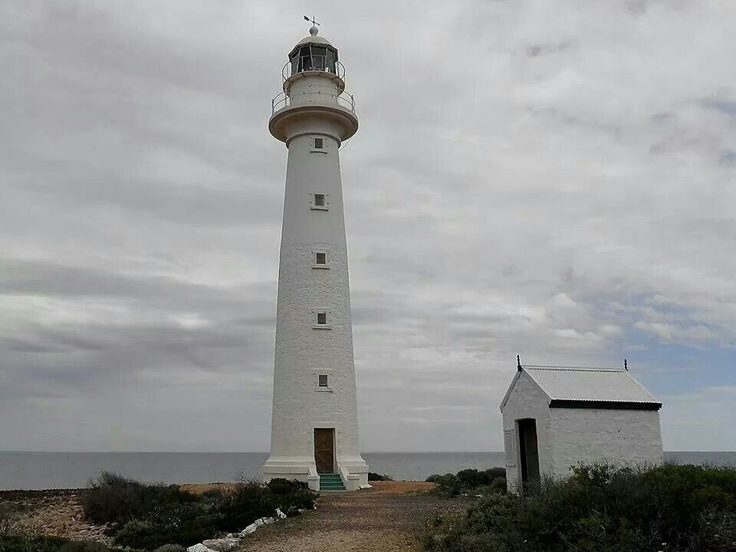
Whyalla combines industrial heritage with seaside living and easy headland treks, rewarding those who love outdoor time and ocean air. The town’s working harbour and steelworks provide local employment, while recreation focuses on coastal and bushland activities such as climbing Hummock Hill for panoramic views, visiting the Whyalla Maritime Museum to see the HMAS Whyalla, the first ship built in the local shipyard, and exploring the nearby Whyalla Conservation Park for coastal trails and birdwatching. The town offers a network of community groups, sporting clubs, and waterfront facilities, such as the popular Whyalla Foreshore, which has a marina and boat dock, as well as a café and swimming beach.
Whyalla’s housing costs remain relatively modest when compared to other South Australian cities, with a median house listing price of $400,000 AUD, which is a crucial feature for first time buyers and those looking for low cost solutions. Residents also benefit from the relatively short travel time to larger regional cities that offer specialized services. The combination of employment opportunities, natural scenery, and reasonable housing continues to entice people seeking a seaside lifestyle free of metropolis worries.
Waikerie
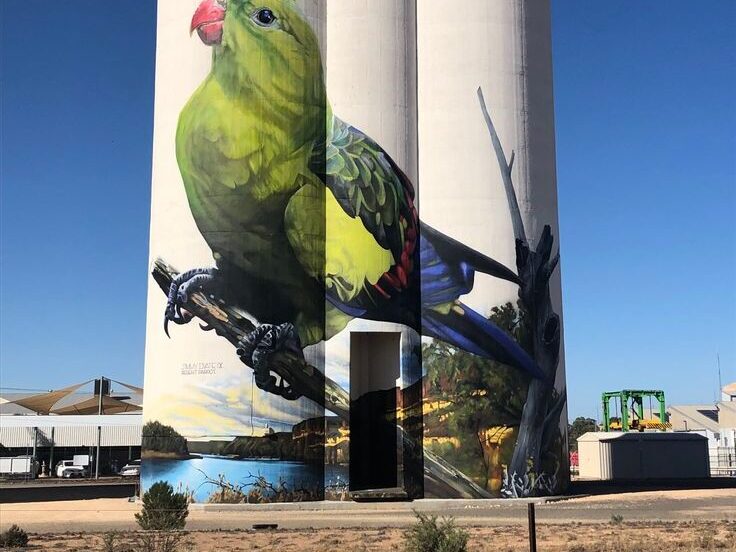
Waikerie is located on the banks of the Murray River in the Riverland region. It provides a gentler pace while maintaining natural beauty and great local facilities. The median property price in Waikerie is about AUD $387,500, which is much lower than many regional benchmarks. Residents like spending weekends along the Waikerie Riverfront, which has walking routes, picnic spaces, and water recreation options including as boating and fishing. Meanwhile, Waikerie is surrounded by fruit orchards and wineries, including Freestone Estate, as well as local growers’ markets and picturesque drives through citrus groves and stonefruit farms. It’s no surprise that the town has a reputation as South Australia’s fruit capital.
Waikerie Health Service provides acute services ranging from in-hospital care to obstetrics for both families and retirees, while schools and vital retail services make daily life more convenient without requiring long distance travel. The arid climate produces spectacular sunrises and bright skies, and local festivals, like Riverland CitrusFest, bring people together to enjoy harvest, food, and local artisan. Waikerie appeals to individuals looking for affordable housing, river vistas, agricultural linkages, and a strong feeling of community.
Bordertown
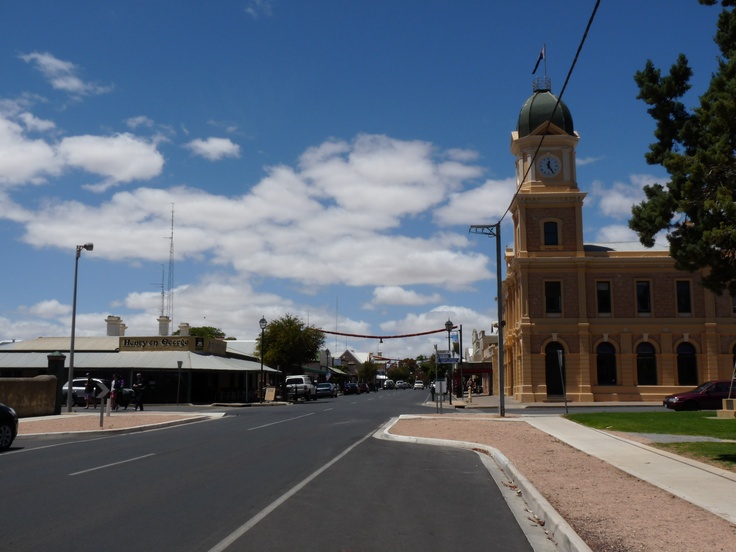
Bordertown is located in a fertile area of the Tatiara region near the Victorian border, and it provides a balance of agricultural rhythms and vital services. The community has roughly 3,000 residents and has a median property price of around AUD $307,500, which is significantly lower than many rural housing costs. Bordertown’s heritage is reflected at the Bob Hawke Gallery, which honours Australia’s former Prime Minister, who was born in Bordertown, with images, memorabilia, and artwork that preserve his legacy. The Walkway Gallery, which is part of the Civic Centre, provides touring exhibitions and creative initiatives to keep the arts alive in the community.
Port Pirie
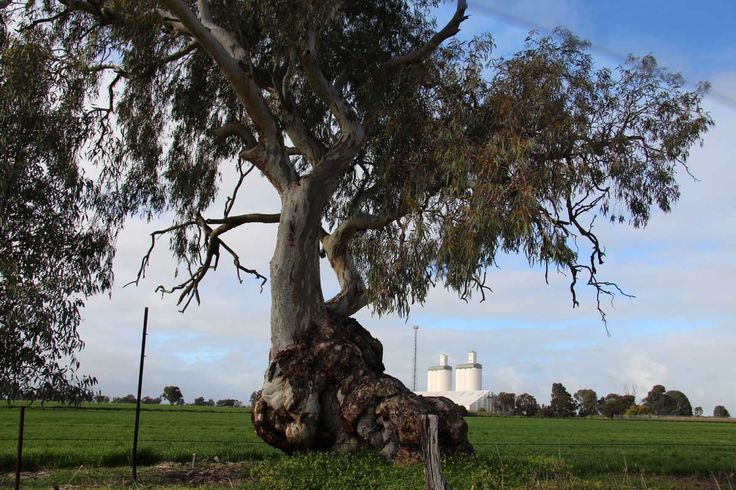
Port Pirie combines a vibrant waterfront with a strong sense of local history, and inhabitants have easy access to coastal walks, museums, and community activities. The waterfront area and working harbour continue to be focal areas in daily life, with visitors and locals alike taking advantage of the opportunity to watch ships and birds or launch small boats for fishing on Spencer Gulf. The Port Pirie Regional Art Gallery and the Port Pirie Regional Tourism & Arts Centre are hubs for art and culture, with changing exhibitions, community programs, and information on exploring the Southern Flinders Ranges.
The Port Pirie National Trust Museum showcases the town’s maritime, industrial, and railroad history, while nearby Solomontown Beach is a family friendly spot for weekend picnics and sunsets. Local events such as markets, theater shows at the Northern Festival Centre, and seasonal festivals assist to bring the community together, and Port Pirie is very affordable, with typical property listing values under AUD $450,000.
Final Thoughts
Each town has its own way of life, with mornings starting with a walk along the beach, afternoons spent among vineyards, and weekends filled with markets, festivals, and outdoor adventures. Neighborhoods span from coastal precincts with lively harbors to riverbank corridors and the rolling hills of wine region, and each community supports local cafes, clubs, and services that influence daily routines. Finding a place to live in South Australia is simple; the difficult part is choose which one. Now which one of these 7 Best Places To Call Home In South Australia are you going for? let us know in the comment section!
One thought on “7 Best Places To Call Home In South Australia”